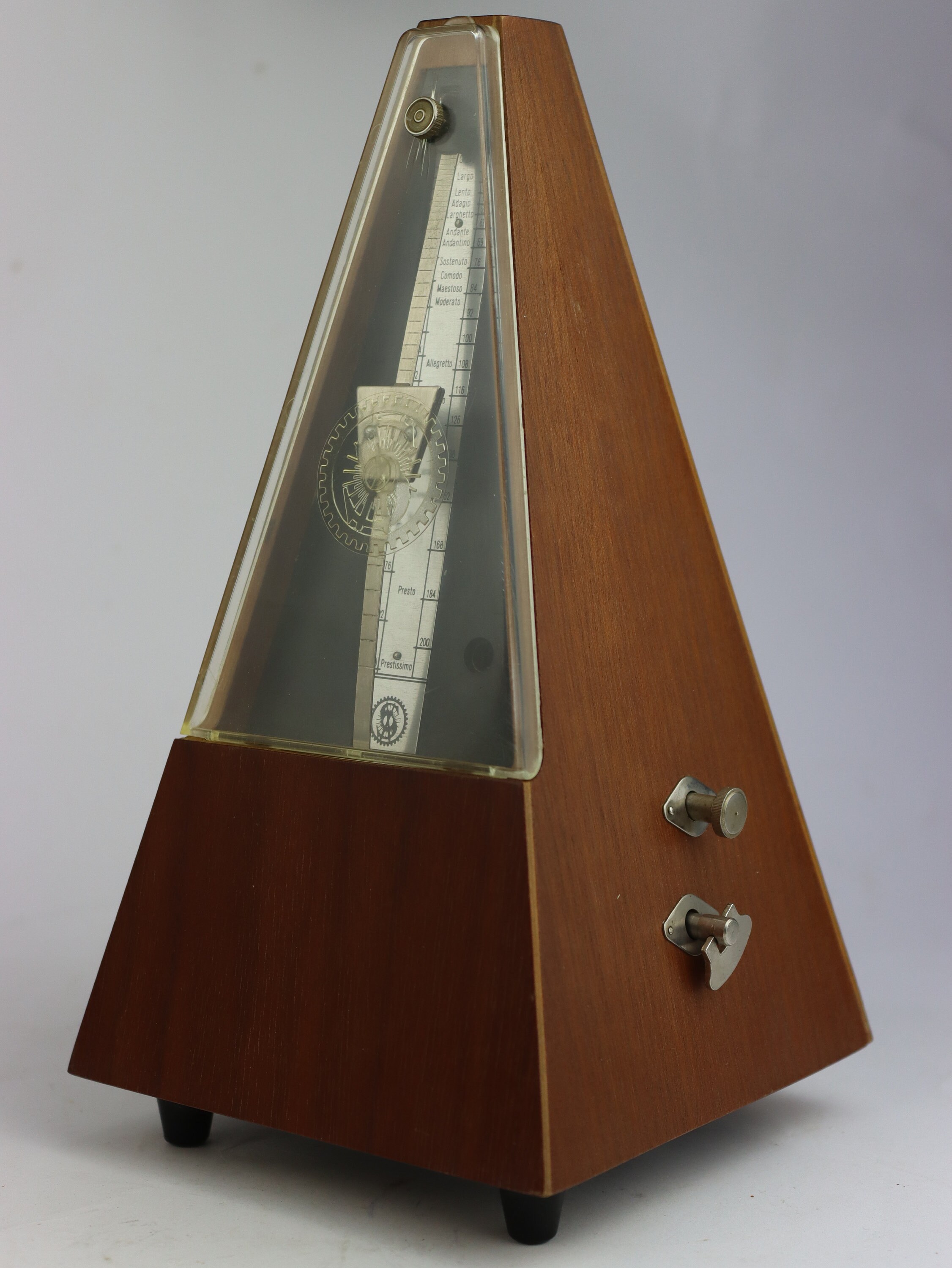
The sixteenth rest lasts for ¼ of a beat or 1/16th of a measure. You see this commonly in syncopated passages in music where melodies start on the upbeats instead of the downbeats. It sits in between the second and fourth lines of the staff and features a single flag just like the eighth note. The eighth rest is one eighth the duration of a whole note. It takes 2 eighth rests to equal one quarter note. The eighth rest is likewise equal to ½ of a count. There are also rests equal to the duration of eighth and sixteenth notes. Using a metronome set at a slow tempo will help you as well. We count this rhythm as “1 – trip – let – and – trip – let – 2 – trip – let – and – trip – let – 3 – trip – let – and – trip – let – 4 – trip – let – and – trip – let.” That is a lot to say! So practice and play it slowly until you get the hang of the rhythm. Likewise, we need to add in a few more syllables to account for the added beats in sixteenth triplets. Sixteenth triplets can be beamed together in groups of 3 or 6. It takes two sixteenth triplets to make 1 beat, four to make 2 beats and 8 to make the duration of a whole note. A single sixteenth triplet is equal to ½ of a count. Sixteenth note triplets follow the same logic. To count this example of four beats you would pronounce “1 – trip – let – 2 – trip – let – 3 – trip – let – 4 – trip – let.” You can practice these rhythms using any of the treble clef notes. It takes four eighth note triplets to count the duration of a whole note.Įighth note triplets are beamed in groups of three and looks like this: One eighth note triplet is equal to the duration of one beat. We can also use the eighth note and sixteenth note beats in triplets. The dotted sixteenth note looks just like the regular sixteenth note with two flags attached. The dotted sixteenth note looks like this: The sixteenth note receives ¼ of a count. The dotted sixteenth note follows the same logic. Try to practice this rhythm using any of the alto clef notes. See the dot on the right side of the note? This is your cue. Since the eighth note receives ½ of a count and ½ of ½ is ¼, this means the dotted eighth note is equal to ½ + ¼, or ¾ of a count. Therefore, a dotted eighth note is equal to ¾ of a count. Remember that the dot adds ½ of the note value to the rhythm. Just as we have the dotted half note and dotted quarter note, so too do we have a dotted eighth note and dotted sixteenth note. See how the downbeats one, two, three and four and the “+” symbol all line up between the eighth note and sixteenth note? Dotted eighth notes We pronounce this as “1 – ee – and – uh – 2 – ee – and – uh – 3 – ee – and – uh – 4 – ee – and – uh.” You can compare the counting of eighth and sixteenth note beats like this: Here is how you count sixteenth note beats in 4/4 time: Try practicing this rhythm using any of the bass clef notes.

We use the letters “e” and “a” pronounced “ee” and “uh” to count sixteenth notes. Therefore, we need to add some more symbols. Sixteenth notes are twice as fast as eighth notes, which means we have twice as many notes to count. The combination of single and beamed sixteenth notes can look like this: It looks the same as an eighth note, with the exception of two flags instead of one.įour beamed sixteenth notes looks like this: Like eighth notes, sixteenth notes can be beamed into groups of 2, 3, 4, and sometimes 6. A single sixteenth note features a closed note head with a stem and two flags. It takes 8 sixteenth notes to make a half note. It takes 4 sixteenth notes to make 1 beat, which means that sixteenth notes are equal to ¼ of a count. Sixteenth notes are twice as fast as eighth notes.

Go to the lesson What are sixteenth notes? With an interactive play-along system, practicing music with these rhythms with Skoove is almost as good as playing them with the metronome! By practicing with online piano lessons, you can improve your time feel while playing fun and exciting music at the same time! Practicing these rhythms like eighth note beats with the Skoove app will help you feel and play them better in time.

We pronounce these eighth note beats as “one and two and three and four and.” In 4/4 time, we count eighth note symbols like this: We use the symbol “+” and pronounce it “and” to account for eighth notes. We can easily count quarter notes like this with piano notes :īut we will need to add some more symbols in to account for the added beats of eighth notes. This is where the name eighth note comes from. A single eighth note is one eighth the duration of a measure in 4/4 time. Two eighth notes are equal to one quarter note. That means that it takes two eighth notes to equal one beat. The combination of single and beamed eighth notes looks like this:Įighth notes receive ½ of a count. A single eighth note symbol looks like this with one flag:Ī beamed eighth note symbol looks like this:


 0 kommentar(er)
0 kommentar(er)
